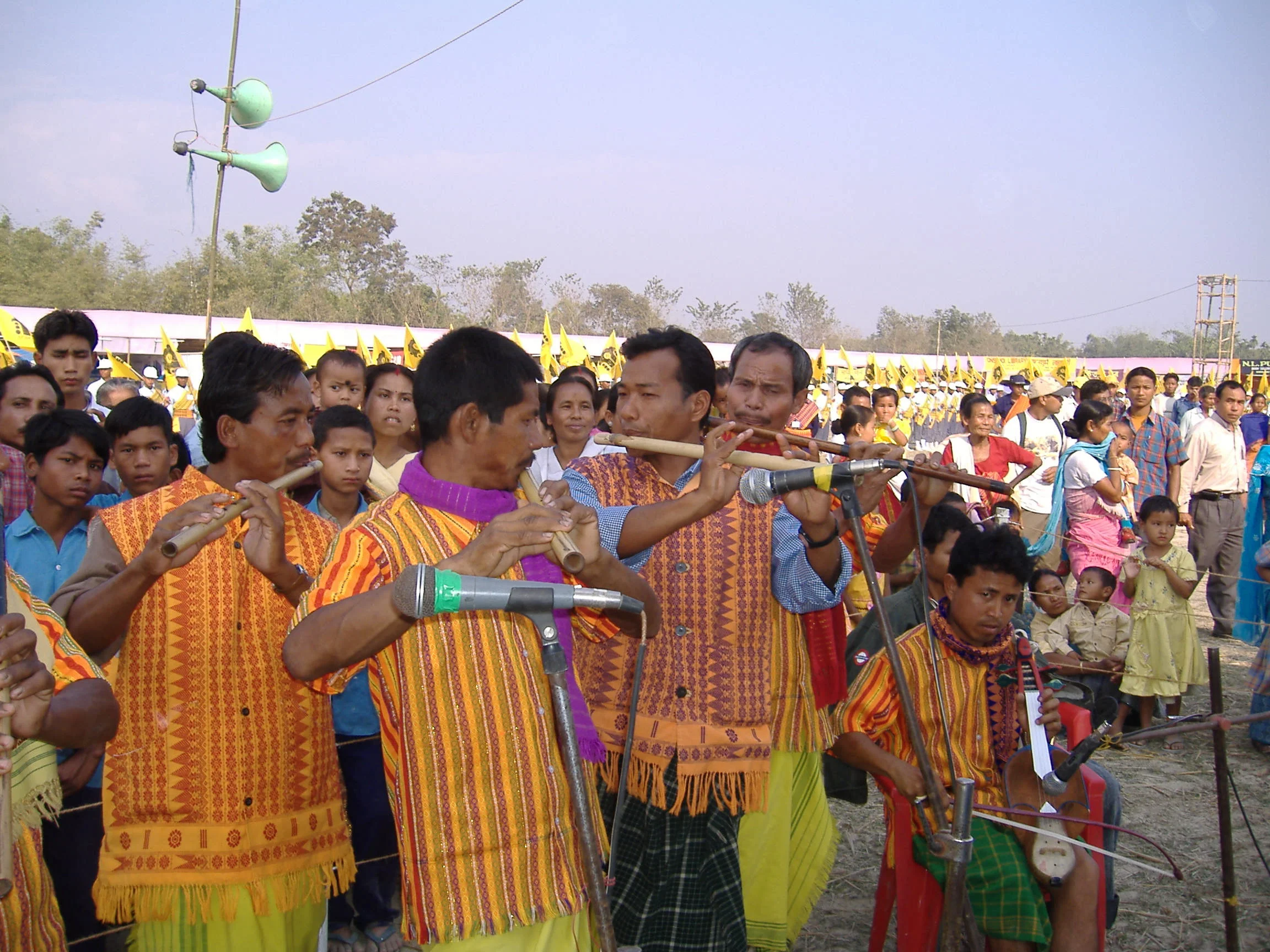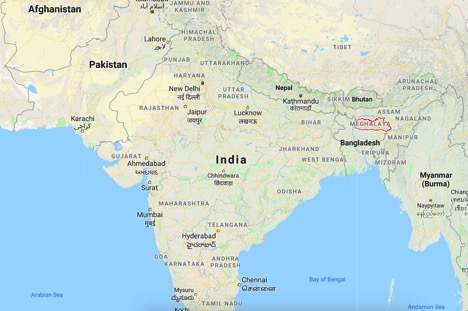CIFAE’s main project is petitioning for a UNESCO World Heritage Site in Meghalaya, India. This series will explore what the meaning and benefits are to this designation, as well as unveil the process and requirements. This first part will outline the history, mission, and purpose of UNESCO.
United Nations Educational, Scientific and Cultural Organization (UNESCO) is a subgroup of the United Nations, focusing particularly on the world’s cultural and natural heritage. The organization aims to identify and protect resources of high value to humanity.
Source: https://whc.unesco.org
To implement this mission, UNESCO runs the World Heritage site program. This international program identifies and protects culturally and environmentally exceptional locations, encompassing the natural and man-made. These sites are emblematic of our collective wealth and diversity of heritage.
The World Heritage Convention, a comprehensive document listing the mission and scope of the group, was signed in 1972. This obliged participating countries to recognize selected national sites as part of a collective World Heritage, which should be preserved and protected. The treaty relies on the support of its member states, which provide both the funding and cooperation. It was ratified almost unanimously, and has representation from 167 States.
The World Heritage sites fall into two categories: Cultural and Natural. There are ten selection criteria, which include:
unique or at least exceptional testimony to a cultural tradition or to a civilization which is living or which has disappeared
human interaction with the environment especially when it has become vulnerable under the impact of irreversible change
directly or tangibly associated with events or living traditions, with ideas, or with beliefs, with artistic and literary works of outstanding universal significance
contain superlative natural phenomena or areas of exceptional natural beauty
Daribokgre Nokachik, Garo Hills, Source: http://westgarohills.gov.in/photogallery.html
Based on the full list of criteria, a site is designated as cultural, natural, or both. There are 1073 sites, with 832 cultural, 206 natural, and 35 mixed. These sites get a rich network of financial and other resources from the World Heritage Fund, and provide incentive for other investors or conservation organizations to aid in preservation efforts. In addition, World Heritage sites convey cultural significance and prestige upon the receiving country. Most importantly, it binds the member state and UNESCO to protect and preserve the site from outside interference or harm.
We seek dual natural and cultural status for the Garo Hills in Meghalaya, India. This site is a biodiversity hotspot, with an abundance of endemic flora and fauna and enclaves of ancient, primary growth forest. This region has one of the largest populations of Asian Elephant left! It is also home to the Garo people, who have lived on the land for thousands of year and hold an immense wealth of cultural heritage tied to the hills they live on. UNESCO status would protect the ecosystem, elephants, and people that are irrevocably tied to the area, but are now under threat from industry interests. Help us save the beautiful Garo Hills!
Location of Meghalaya, India (where the Garo Hills are located). Source: Google Maps
Text Sources: World Heritage Information Kit, https://whc.unesco.org/





